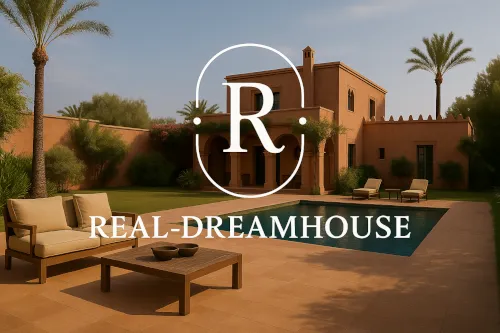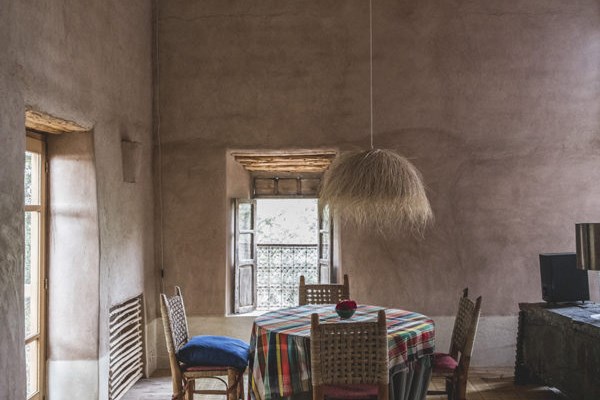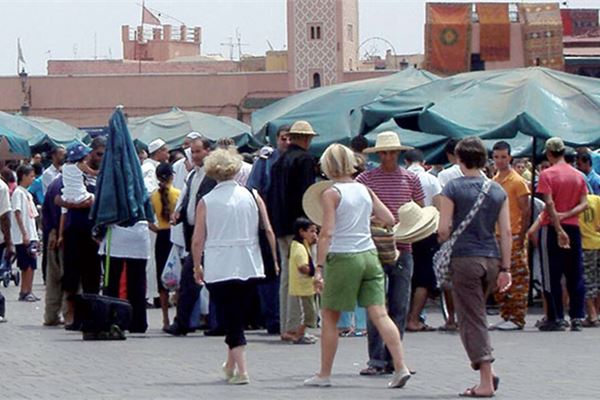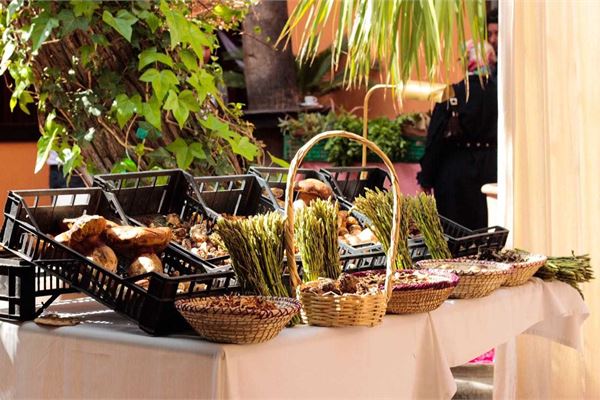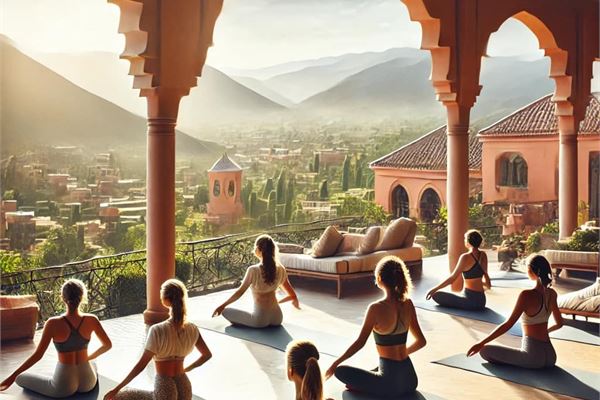
How Marrakech's Traditional Architecture Inspires Modern Design
how marrakech's traditional architecture inspires modern design
04 April 2025
Introduction
Marrakech's architecture is a veritable crossroads between history, culture and modernity. Far from being stuck in the past, this traditional architecture continues to influence modern design, particularly in the very city where it took shape. From its majestic arches to its fascinating geometric patterns, every element of Marrakech's traditional architecture carries a timeless message that still resonates in contemporary designs. This article explores how the city's architectural heritage blends with modern trends to create harmonious, functional spaces.Arches and Geometric Patterns: An Eternal Influence
Traditional arches and geometric patterns are characteristic elements of Marrakech's architecture. In the medina and historic monuments, wrought-iron arches or arcades open up perspectives and filter light in a unique way. These architectural elements not only have an aesthetic role, but also fulfil practical functions, improving air circulation and providing freshness. Today, modern architects are reusing these forms to bring a touch of fluidity and harmony to contemporary spaces. The geometric patterns of zelliges and ceramic tiles find their way into modern accent walls, floors or mosaics, offering a perfect fusion of past and present. These motifs are not only beautiful but also meaningful, symbolisingbalance and order.Courtyards and Gardens: A Natural Fusion with Modern Architecture
Another essential feature of Marrakech's traditional architecture is the use of courtyards and lush gardens. These private and soothing spaces, often surrounded by adobe walls, offer an atmosphere of tranquillity and refuge in the heart of the city. The design of Marrakech's traditional riads and hotels is based on the idea of a central courtyard surrounded by rooms, with water features such as fountains or pools, reinforcing the soothing aspect of the space. Modern architects, inspired by these traditional concepts, are incorporating courtyards and gardens into contemporary buildings, with an emphasis on natural lighting and ventilation. These features not only improve the quality of life for occupants, but also strengthen the connection between man and nature. By reintegrating elements such as hanging gardens or green playgrounds, designers are creating a pleasant and sustainable living environment. To find out more about current architectural trends in Marrakech, check out this interesting article on [Architectural trends in Marrakech: between modernity and tradition](/actualites/les-tendances-architecturales-a-marrakech-entre-modernite-et-tradition/).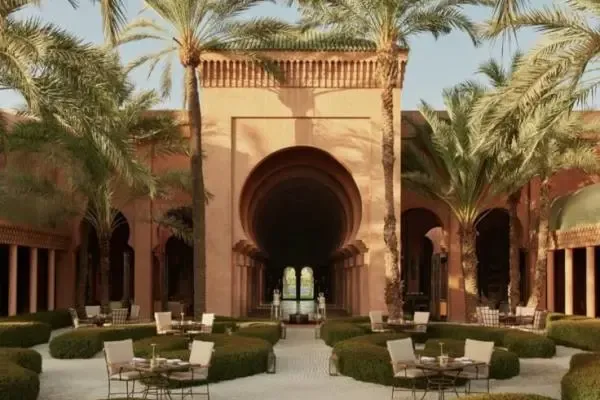
Local Crafts and Materials: A Cultural Fabric in Contemporary Design
Marrakech's traditional crafts, in particular carved wood, zellige and tadelakt, continue to inspire modern architects. These materials, rich in history and symbolism, are used in innovative ways in contemporary projects to add a touch of authentic charm and sophistication. For example, carved wooden doors or moucharabieh windows are now being incorporated into modern interiors to reinforce the unique character of spaces while preserving the cultural identity of the city. Local materials such as stone, wood and tadelakt are also being used to create a warm, organic atmosphere. These materials offer strong resistance and natural aesthetics that fit in perfectly with the demands of modern construction. Tadelakt, with its smooth, glossy finish, is particularly appreciated for its ability to regulate humidity and for its aesthetic appeal in interior spaces such as kitchens and bathrooms.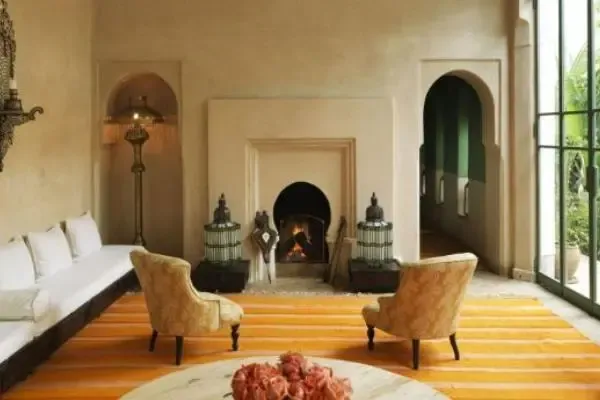
Sustainable Architecture: Integrating Traditional Techniques with Modern Design
Sustainable architecture in Marrakech draws heavily on traditional techniques. For example, the use of moucharabiehs and adobe walls, which were once used to naturally cool spaces, are now being adapted to improve energy efficiency. Contemporary architects are taking advantage of these traditions to design buildings that respect the environment while offering comfort and functionality. Theuse of water, the management of natural resources andeco-design are principles that can be found in modern buildings inspired by traditional Moroccan architecture. Rainwater harvesting systems and solar panels are examples of how old practices can be integrated into a sustainable context.Conclusion
In conclusion, Marrakech's traditional architecture continues to play a fundamental role in the evolution of modern design. Its distinctive elements, such as arches, geometric patterns, courtyards and local materials, are being adapted to create modern spaces that respect both history and the environment. This marriage of tradition and modernity makes Marrakech a perfect example of a city where the past enriches the present to offer timeless places to live. To find out how to recreate the atmosphere of a Moroccan riad in your terrace, check out this article on [Moroccan Terrace: Recreate the atmosphere of a Riad](/actualites/terrasse-facon-riad-marocain-une-oasis-de-detente-et-dexotisme/).L'équipe de Real-dreamhouse
Notre équipe dynamique et dédiée à la clé de votre succès. Nous offrons un service professionnel sur mesure, respectant des standards élevés pour réaliser vos ambitions immobilières.

Benoit PRIVEL
Fondateur Manager
Salwa SAMSAK
Manager Événementiel
Sophie BELLAVOINE
Manager Consultant
Tawfik BOUAMANE
Consultant Manager RabatContact us for a free valuation of your property!
Get a free and reliable valuation of your property in Marrakech, carried out by our local experts.
